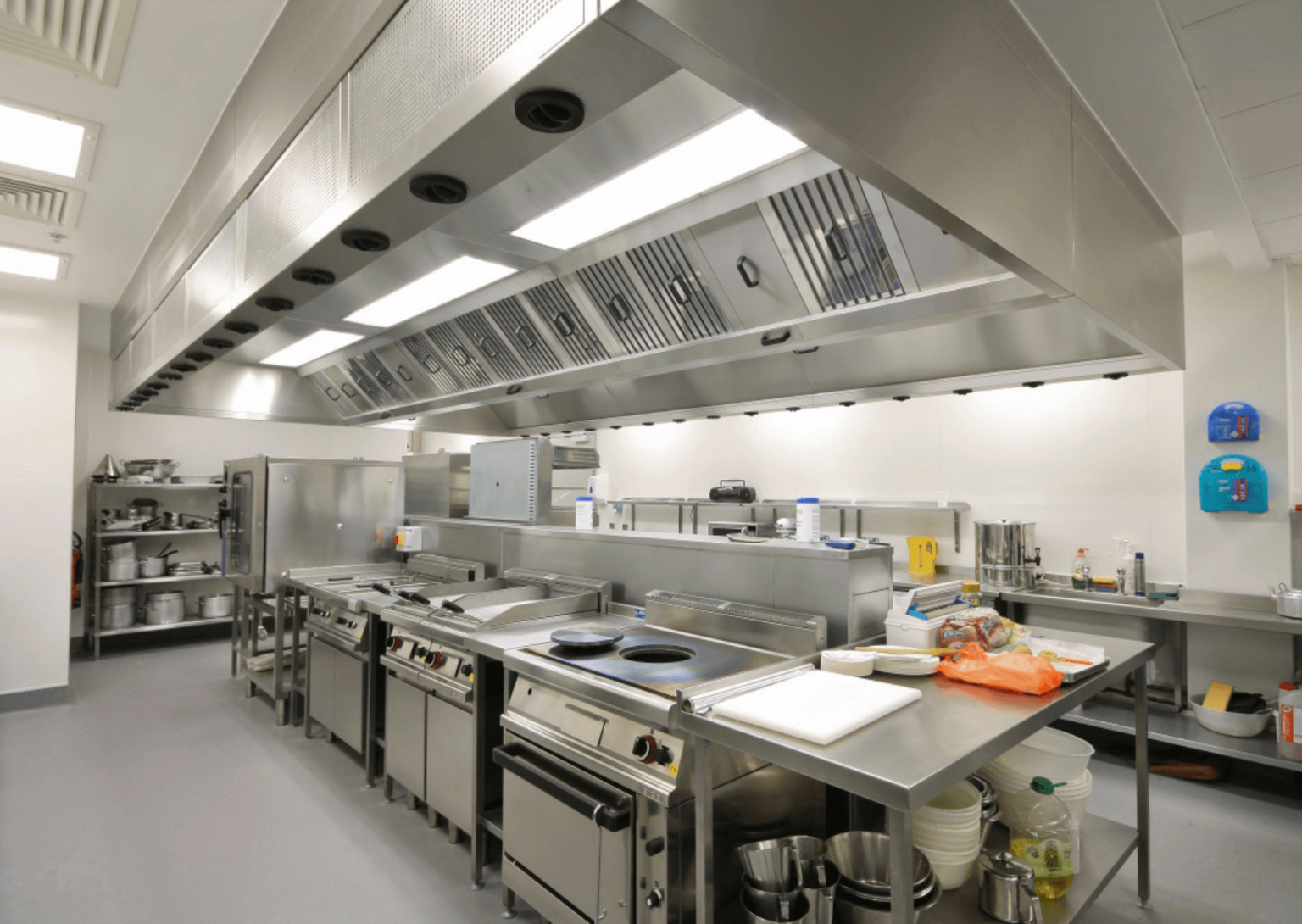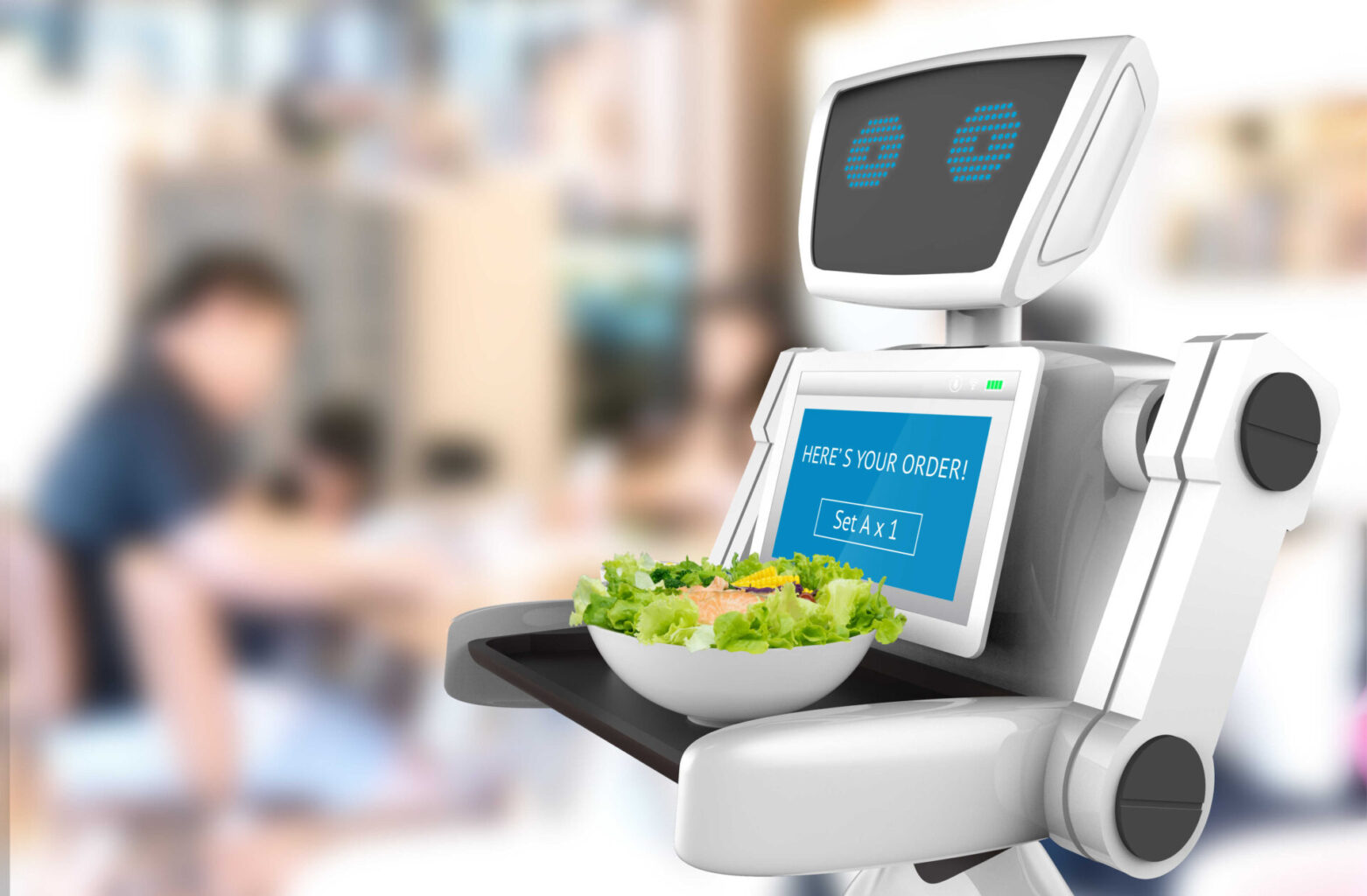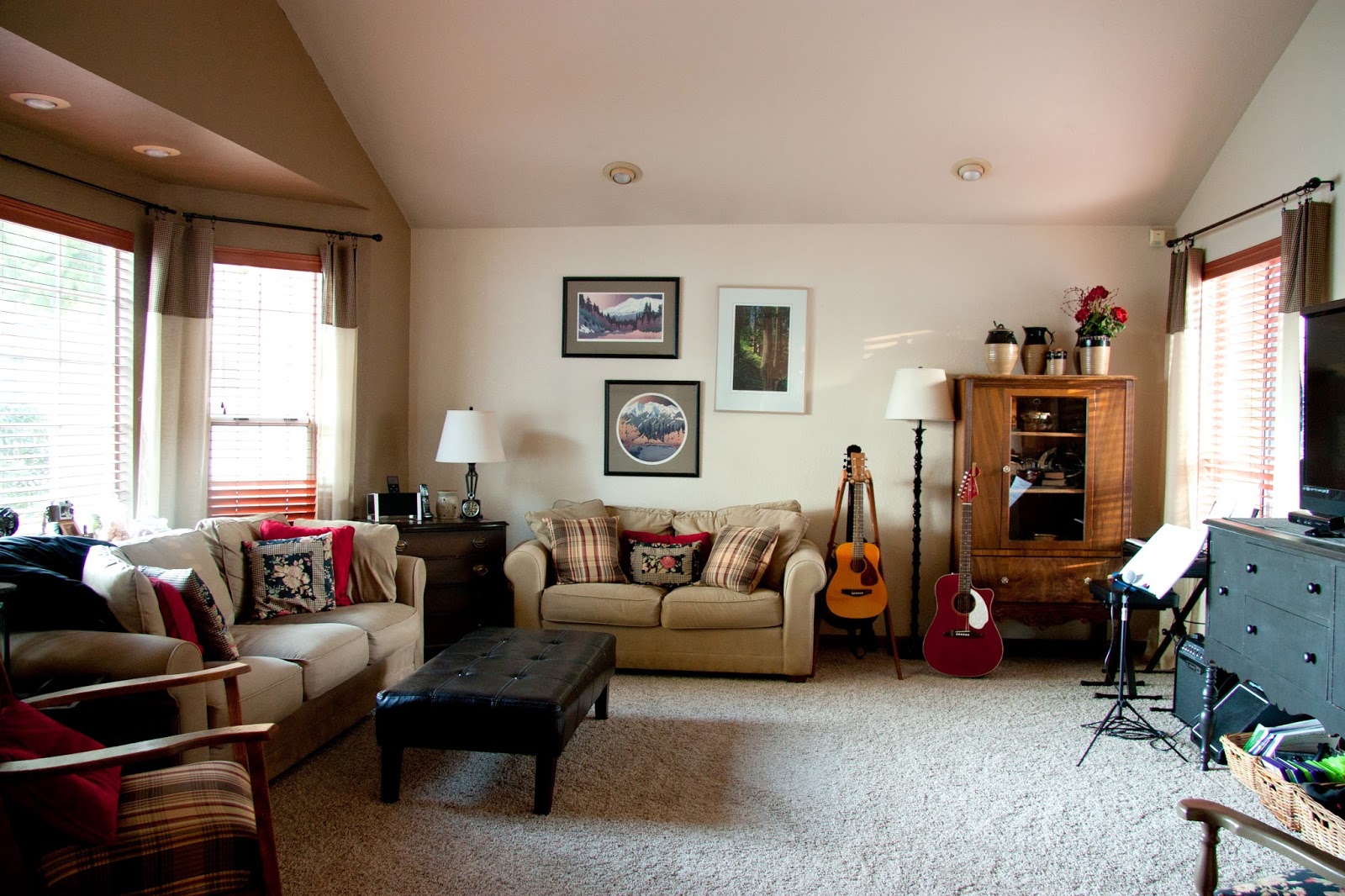1. Understanding the Importance of Commercial Kitchen Design Guidelines
Designing a commercial kitchen is no easy task. Whether you are planning to set up a new restaurant or renovating an existing one, there are several factors to consider to ensure the smooth and efficient operation of your kitchen. This is where commercial kitchen design guidelines come into play.
Commercial kitchen design guidelines are a set of standards and recommendations that help food service professionals create a safe, functional, and ergonomic kitchen layout. These guidelines are developed by experts in the foodservice industry and are based on research, best practices, and regulatory requirements.
By following these guidelines, you can ensure that your kitchen is designed to meet the needs of your staff and customers while adhering to health and safety standards. In this article, we will discuss the top 10 main commercial kitchen design guidelines in detail, so let's get started!
2. Understanding the Layout and Flow of a Commercial Kitchen
The layout and flow of a commercial kitchen are crucial aspects that need to be considered when designing a new kitchen or renovating an existing one. A well-designed kitchen layout can improve efficiency, reduce the risk of accidents, and enhance the overall dining experience for your customers.
When designing a kitchen layout, it is essential to consider the different areas of a kitchen, including the cooking area, food preparation area, dishwashing area, and storage area. These areas should be arranged in a logical flow to ensure a smooth and efficient workflow.
Additionally, it is crucial to consider the size and shape of your kitchen space, the number of staff, and the type of food you will be serving. All of these factors will play a significant role in determining the layout and flow of your commercial kitchen.
3. Adequate Space Planning for Equipment and Workstations
Having adequate space for equipment and workstations is crucial for the efficient operation of a commercial kitchen. A cluttered and overcrowded workspace can lead to accidents and delays, which can affect the quality of your food and service.
When planning the layout of your kitchen, make sure to leave enough space between equipment and workstations to allow for easy movement and access. You should also consider the size and placement of your equipment to ensure that they don't interfere with the workflow.
Moreover, it is essential to consider the needs of your staff when planning the workspace. Your kitchen should have enough room for multiple staff members to work without getting in each other's way.
4. Proper Ventilation and Airflow
Adequate ventilation and airflow are essential for a commercial kitchen to maintain a comfortable and safe working environment. A kitchen that is not properly ventilated can become hot, humid, and smoky, which can affect the health and productivity of your staff.
When designing your kitchen, make sure to install proper ventilation systems, such as exhaust hoods, to remove heat, smoke, and odors from the kitchen. You should also consider the placement of your cooking equipment to ensure that the exhaust hood can effectively remove the hot air and smoke.
Moreover, make sure to provide enough ventilation and airflow in other areas of the kitchen, such as the storage and dishwashing areas, to prevent the buildup of heat and steam.
5. Proper Lighting for Safety and Efficiency
Lighting is another crucial aspect of commercial kitchen design that is often overlooked. Proper lighting is essential for the safety and efficiency of your kitchen. A well-lit kitchen can reduce the risk of accidents and improve the productivity of your staff.
When designing your kitchen, make sure to install adequate lighting in all areas, including the cooking, food preparation, and dishwashing areas. Additionally, consider using energy-efficient lighting to reduce your energy costs.
Moreover, it is essential to ensure that there is enough natural light in your kitchen. Natural light not only helps save on energy costs but also creates a more pleasant working environment for your staff.
6. Effective and Safe Storage Solutions
Having proper storage solutions in your commercial kitchen is crucial for maintaining food safety and organization. Your kitchen should have enough storage space to keep all your ingredients, utensils, and equipment in an organized and accessible manner.
When designing your kitchen, make sure to consider the type and amount of food you will be storing to determine the appropriate storage solutions. For example, raw meat and seafood should be stored separately from other ingredients to prevent cross-contamination.
You should also consider the placement of your storage areas to ensure easy access for your staff. Additionally, make sure to label all storage containers and shelves to maintain organization and prevent confusion.
7. Proper Sanitation and Hygiene Practices
Proper sanitation and hygiene practices are crucial for any commercial kitchen to prevent the risk of foodborne illnesses. Your kitchen design should include features that promote cleanliness and hygiene.
When designing your kitchen, make sure to include a handwashing station with hot and cold water, soap, and paper towels. You should also consider installing hands-free faucets to prevent cross-contamination. Additionally, make sure to provide enough space for cleaning and sanitizing equipment and workstations.
Moreover, it is essential to have proper waste management solutions in place to maintain a clean and hygienic environment. Your kitchen should have designated areas for waste disposal, recycling, and composting.
8. Accessibility and Safety for Staff and Customers
When designing a commercial kitchen, it is essential to consider the safety and accessibility of your staff and customers. Your kitchen should be designed to accommodate people with disabilities and ensure easy access for staff to move around and perform their tasks.
Make sure to have designated pathways for staff to move around the kitchen without getting in each other's way. Additionally, consider installing non-slip flooring to prevent accidents. You should also have proper safety measures in place, such as fire extinguishers and first aid kits, in case of emergencies.
9. Adhering to Local Health and Safety Regulations
One of the most crucial aspects of commercial kitchen design is adhering to local health and safety regulations. These regulations are in place to ensure the safety and well-being of your staff and customers and must be followed strictly.
When designing your kitchen, make sure to consult with your local health department to understand the regulations and requirements for commercial kitchens in your area. Failure to comply with these regulations can result in fines, closures, and even legal action.
Moreover, it is essential to regularly maintain and inspect your kitchen to ensure that it continues to meet the health and safety standards.
10. The Importance of Regular Maintenance and Upgrades
Last but not least, regular maintenance and upgrades are essential for the smooth and efficient operation of your commercial kitchen. As your business grows and evolves, your kitchen may also need to be upgraded to accommodate those changes.
Make sure to have a maintenance schedule in place to regularly inspect and clean your kitchen equipment and facilities. You should also plan for upgrades and renovations to keep your kitchen up-to-date and functioning at its best.
By following these commercial kitchen design guidelines, you can create a safe, efficient, and productive kitchen that meets the needs of your staff and customers. Remember to consult with experts and professionals to ensure that your kitchen design is in compliance with all the necessary standards and regulations. With a well-designed kitchen, you can set your business up for success.
Optimizing Efficiency in Commercial Kitchen Design

The Importance of Efficient Design
 Commercial kitchens
are the heart of any foodservice business, and their design plays a crucial role in their success. A well-designed kitchen can increase efficiency, productivity, and safety, ultimately leading to higher profits. On the other hand, a poorly designed kitchen can lead to chaos, delays, and even accidents, resulting in financial losses and damage to the reputation of the business. Therefore, it is essential to follow proper guidelines and considerations when designing a commercial kitchen.
Commercial kitchens
are the heart of any foodservice business, and their design plays a crucial role in their success. A well-designed kitchen can increase efficiency, productivity, and safety, ultimately leading to higher profits. On the other hand, a poorly designed kitchen can lead to chaos, delays, and even accidents, resulting in financial losses and damage to the reputation of the business. Therefore, it is essential to follow proper guidelines and considerations when designing a commercial kitchen.
Design Guidelines for Commercial Kitchens
 The first step
in designing a commercial kitchen is to determine the specific needs and requirements of the business. This includes the type of food being prepared, the style of service, and the volume of production. It is essential to consider the types of equipment needed, the workflow, and the space available.
Proper planning
and organization can save time, money, and frustration in the long run.
The first step
in designing a commercial kitchen is to determine the specific needs and requirements of the business. This includes the type of food being prepared, the style of service, and the volume of production. It is essential to consider the types of equipment needed, the workflow, and the space available.
Proper planning
and organization can save time, money, and frustration in the long run.
Layout and Flow
 The layout
of a commercial kitchen should be designed to promote a smooth and efficient flow of food and staff. The
work triangle
, consisting of the cooking area, food preparation area, and storage area, is a fundamental design principle that ensures easy movement between these three essential areas. It is also crucial to consider the placement of utilities, such as gas, water, and electricity, to minimize the need for long and complicated connections.
The layout
of a commercial kitchen should be designed to promote a smooth and efficient flow of food and staff. The
work triangle
, consisting of the cooking area, food preparation area, and storage area, is a fundamental design principle that ensures easy movement between these three essential areas. It is also crucial to consider the placement of utilities, such as gas, water, and electricity, to minimize the need for long and complicated connections.
Equipment and Storage
 The equipment
in a commercial kitchen should be carefully selected and placed to optimize efficiency.
Heavy-duty and high-quality equipment
can withstand the demands of a busy kitchen and reduce the risk of breakdowns and delays. It is also important to consider the workflow when placing equipment to avoid unnecessary movement and potential accidents. Proper storage is also crucial in a commercial kitchen, as it can save time and energy in retrieving ingredients and supplies.
The equipment
in a commercial kitchen should be carefully selected and placed to optimize efficiency.
Heavy-duty and high-quality equipment
can withstand the demands of a busy kitchen and reduce the risk of breakdowns and delays. It is also important to consider the workflow when placing equipment to avoid unnecessary movement and potential accidents. Proper storage is also crucial in a commercial kitchen, as it can save time and energy in retrieving ingredients and supplies.
Safety and Sanitation
 The safety
and sanitation of a commercial kitchen are of utmost importance. Designing a kitchen that is easy to clean and maintain is essential for preventing foodborne illnesses and maintaining a good reputation.
Separate areas for raw and cooked food
, proper ventilation, and adequate lighting are some important considerations when designing for safety and sanitation.
The safety
and sanitation of a commercial kitchen are of utmost importance. Designing a kitchen that is easy to clean and maintain is essential for preventing foodborne illnesses and maintaining a good reputation.
Separate areas for raw and cooked food
, proper ventilation, and adequate lighting are some important considerations when designing for safety and sanitation.
The Bottom Line
 In conclusion,
following proper design guidelines
is crucial in creating an efficient and successful commercial kitchen. By considering the specific needs of the business, optimizing layout and flow, selecting appropriate equipment and storage, and prioritizing safety and sanitation, a well-designed kitchen can contribute to the overall success of a foodservice business.
In conclusion,
following proper design guidelines
is crucial in creating an efficient and successful commercial kitchen. By considering the specific needs of the business, optimizing layout and flow, selecting appropriate equipment and storage, and prioritizing safety and sanitation, a well-designed kitchen can contribute to the overall success of a foodservice business.








-p-1080.png)













.png)












:max_bytes(150000):strip_icc()/commercial-kitchen-equipment-checklist-2888867-v7-5ba4fe764cedfd0050db4afa.png)












